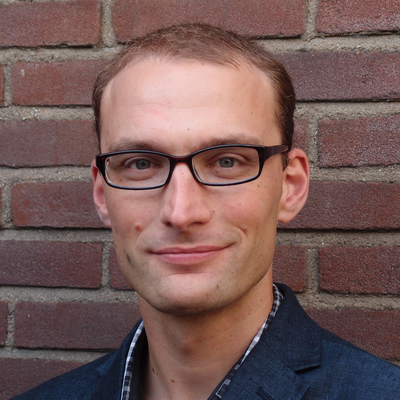By Daan Beekers
Many members of our project Religious Matters took the train to Berlin last week to attend the international workshop ‘Modalities of co-existence across religious difference’ at the Leibniz-Zentrum Moderner Orient. This workshop marked the end of the research project ‘Habitats and habitus: politics and aesthetics of religious world-making’, directed by Birgit Meyer and funded by the Alexander von Humboldt Foundation. We had three days of inspiring discussions on questions that are central to our concerns with religious diversity and co-existence, both in Africa and Europe. Many of these questions were conceptual ones, such as: What are useful concepts and methods to study religious co-existence? And what do we actually mean by ‘co-existence’? As André Chappatte pointed out, co-existence can be approached at different geographical levels (nation, neighborhood, house, etc.) as well as through time. Moreover, he suggested, the different degrees to which people are engaged with their religion also have an impact on modes of co-existence.
Another important question was how we should approach comparison. Do we compare, as Jojada Verrips and Michael Lambek asked, in order to come up with generalizations or rather to get a better idea of differences? Are we best equipped to study ‘implicit comparison’ – as Kai Kresse termed the silent ways in which religious groups compare themselves or relate to others? Or should we, as scholars, also compare different religious groups by placing them in one conceptual frame, as recently proposed by Birgit Meyer and others? If so, can we best move forward by collaborating between scholars of Christianity, Islam and other religions (including what is often called African Traditional Religion) or by developing comparative ethnographic projects that can be pursued by single researchers? At the workshop we saw interesting examples of the latter, including the PhD projects that Murtala Ibrahim and Hanna Nieber carried out within the research project Habitats and Habitus.
Questions about comparison were raised throughout the workshop. What are the units of comparison? And to what extent are our different objects of study comparable? The notion of (in)commensurability, that is whether things have a common measure, was raised several times. ‘Looking back and ahead’ from the vantage point of the Habitats and Habitus project, Birgit Meyer argued that we should move beyond assumptions of a fundamental incommensurability between religions. In the roundtable discussion on ‘comparison’, Michael Lambek phrased this as a question: if we compare different religions, are we then analyzing things that are commensurable or not? And how do we know? And even if they are incommensurable, he pointed out, they do not have to be incomparable. The other members of this panel, Hansjörg Dilger and I, both conducted comparative ethnographic research on Muslims and Christians – in Tanzania and the Netherlands respectively. We both addressed the ethics and politics of writing about groups that are usually kept apart. Both Dilger and I argued that a productive way to go about such comparison is to take a common ground as the point of departure: the ways in which Muslims and Christians relate to a predominant secular-capitalist culture in my own case and the ways in which Muslims and Christians relate to one another and ‘sense’ the presence of the other in urban space in Dilger’s case.
The end of the workshop focused on the notion of diversity. In a roundtable on this topic, Marian Burchardt and Annalisa Buttici explained how they approached diversity in South Africa and Italy respectively by focusing on materiality, whilst being attentive to power relations and regulations. Pooyan Tamimi Arab called for a critical interrogation of the notion of diversity itself. He problematized the assumption that the emergence of a national-protectionist politics in Europe can be explained by increased diversity. He discussed a liberal philosophical tradition (mentioning Locke and Rawls) that has argued that not diversity but tolerance is the ethical challenge. Finally, examining debates around big wooden crosses – as well as a crescent moon– placed on summits of the Austrian Alps, Christoph Baumgartner addressed the question of what is made to count as religion. Pointing to an emergent ‘culturalization’ of religion, he argued that it is increasingly the case that Christian symbols are converted, as it were, into symbols of national culture.
In this way we have moved from Africa to Europe, from multiple religious belonging of West African rulers in the fifteenth century (in Martha Frederiks’ presentation) to ‘culturalized’ Christian symbols on Austrian mountain tops in the present, and from co-existence to diversity. The workshop brought together an inspiring group of scholars, most of whom working on Africa but some also working on Europe (next to the aforementioned, the speakers included Tomas Sundnes Dronen, Paolo Gaibazzi, Benedikt Pontzen, Ebenezer Obadare, Abdoulaye Sounaye, Jacqueline Solway, Dorothea Schulz, Eva Spies and Devaka Premawardhana). It raised many new, stimulating conceptual questions and thought-provoking examples of religious co-existence and diversity that will continue to occupy us in the years to come.


